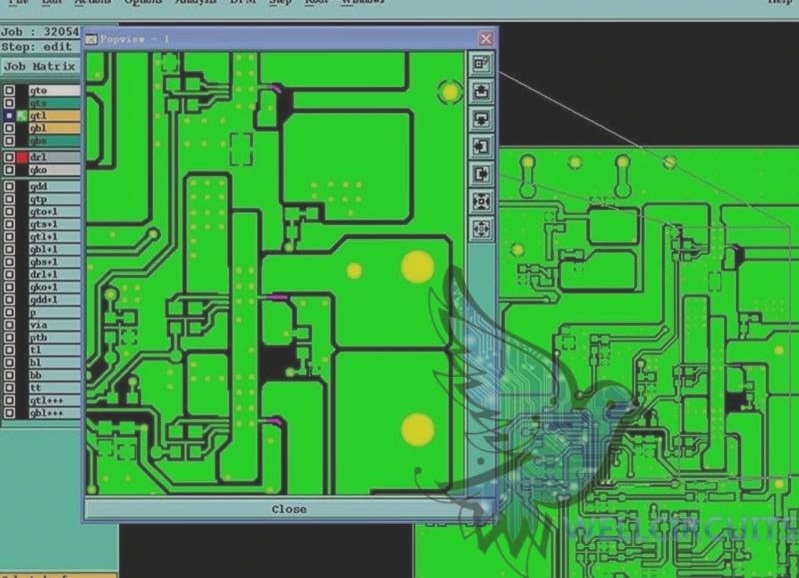Navigating High-Power RF Applications: Key Considerations for PCB Materials

In the realm of high-power RF applications, particularly in mobile base station technology, there are crucial factors to consider. This discussion focuses on PCB-based power amplifiers used in base station applications, with principles that can be applied to various high-power scenarios.
1. Thermal Management Challenges:
- High-power RF applications often face thermal management issues.
- The relationship between loss and heat is crucial, as circuits with higher losses generate more heat under high RF power.
- Heat related to frequency can worsen thermal challenges, especially with higher frequencies leading to increased heat generation.
- Changes in the dielectric constant (Dk) and thermal coefficient of the dielectric constant (TCDk) due to temperature can affect RF circuit performance.
2. Material and PCB Properties Impacting Heat Dissipation:
- Material selection must consider the loss-heat relationship.
- Dissipation factor (Df) or loss tangent is important for low-loss materials, but addressing insertion loss comprehensively involves dielectric, conductor, radiation, and leak losses.
- Copper surface roughness at the copper-substrate interface influences conductor loss.
- Choosing a laminate with low Df, smooth copper, and high thermal conductivity helps in thermal management.

3. Frequency-Heat Relationship:
- Heat generation typically rises with frequency when the same RF power is applied.
- Higher frequencies lead to more significant heat increase due to increased dielectric and conductor losses.
- Conductor losses increase with frequency, partly because of a thinner skin depth.
4. Thermal Coefficient of Dielectric Constant (TCDk):
- TCDk is a crucial yet sometimes overlooked material property.
- Power amplifier circuits with 1/4 wavelength matching networks are sensitive to DK changes.
- Substantial DK changes can affect the matching network, impacting power amplifier efficiency.
5. Material Selection Criteria:
- High-frequency materials for high-power RF applications should have low Df, smooth copper, high thermal conductivity, and a low TCDk.
- There are tradeoffs to consider, and the material selection should align with the specific needs of the application.
Collaborate with Material Providers for Informed Decision-Making
- Collaboration with material suppliers is crucial for making informed decisions when selecting materials for high-power RF applications.
Key Considerations for High-Power RF Material Selection
Choosing materials for high-power RF applications requires a thoughtful evaluation of a range of material properties. Designers must carefully assess the unique requirements of each application to ensure optimal performance.
Consultation with Experts
Designers are advised to seek guidance from material providers to gain valuable insights and make well-informed decisions regarding material selection. By collaborating with experts in the field, designers can leverage their expertise to choose the most suitable materials for high-power RF applications.

